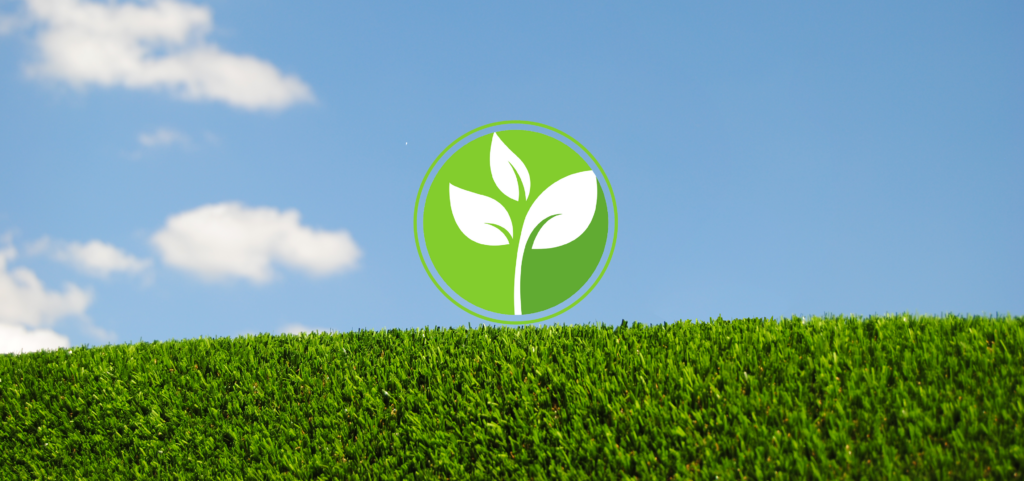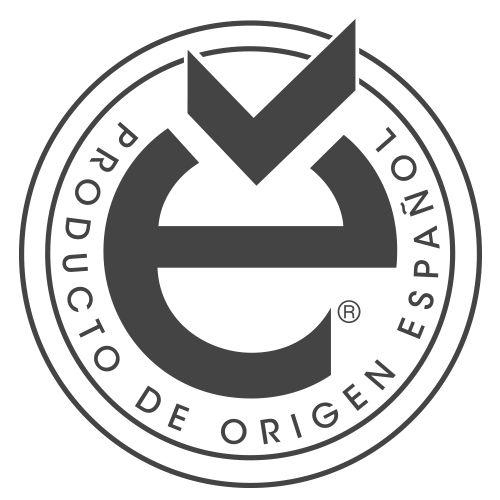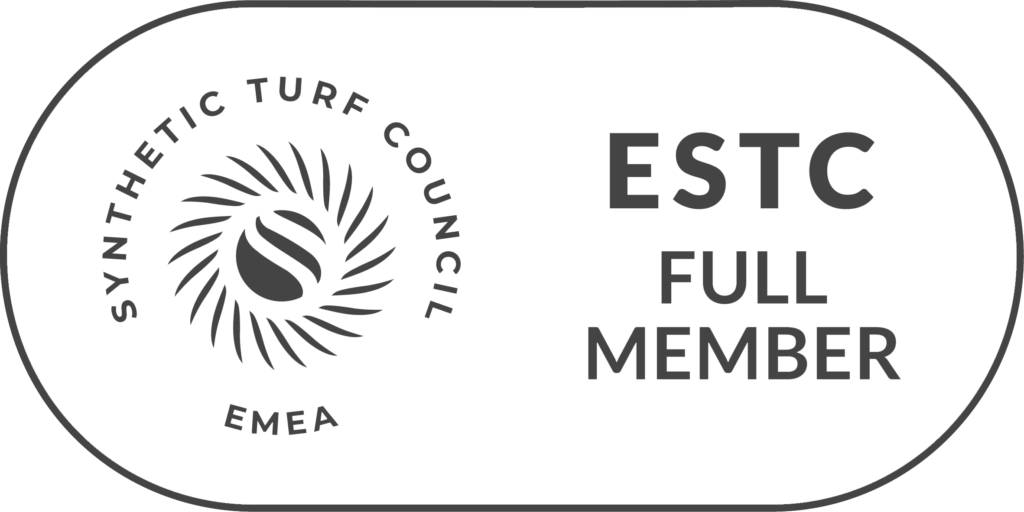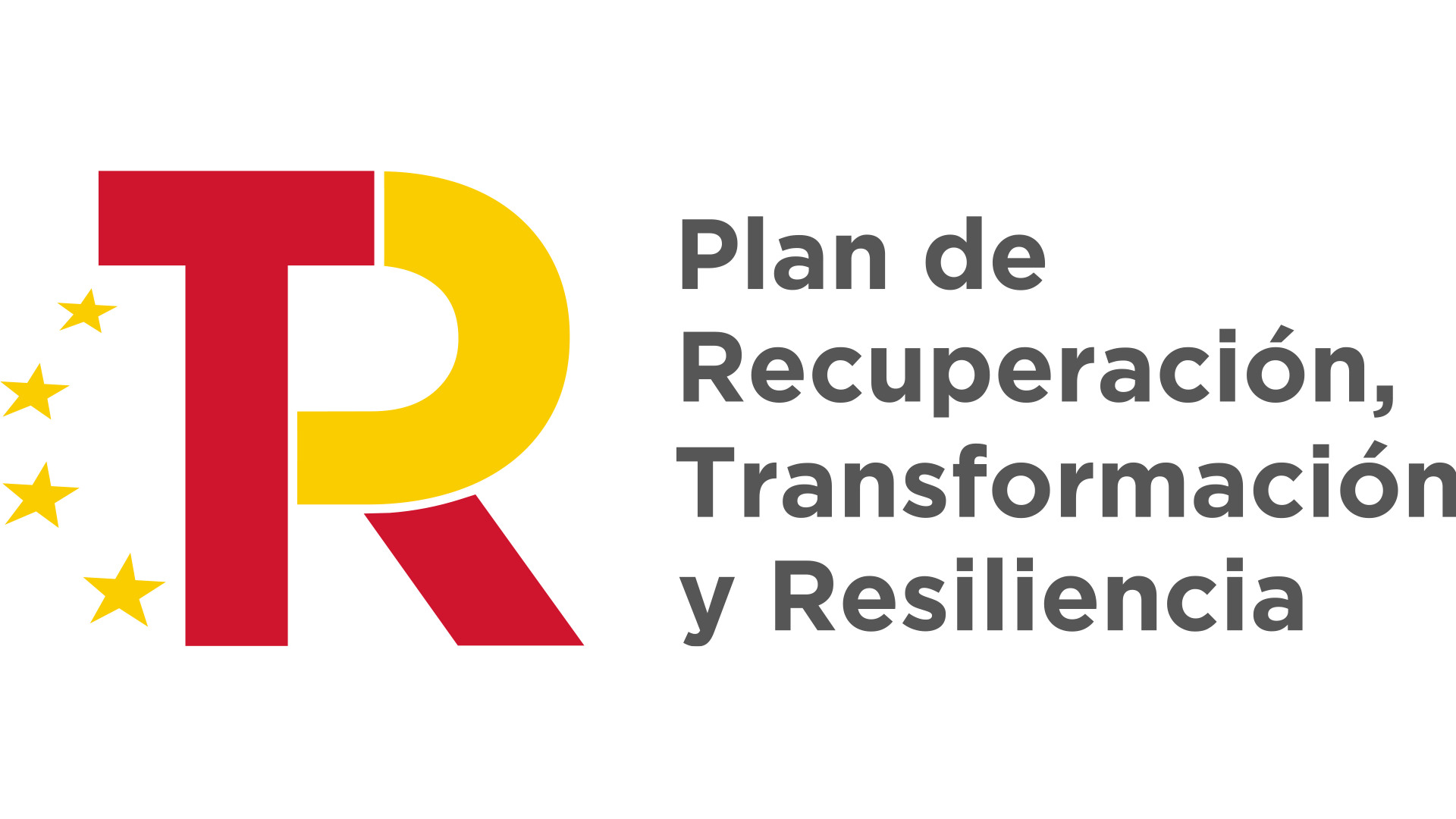Ecological Artificial Turf: A Sustainable and Efficient Solution
Eco-friendly artificial turf is a sustainable and environmentally friendly alternative to natural grass. As concerns grow about the environmental impact of landscaping and outdoor spaces, it has become a popular choice for both residential and commercial projects. This type of turf not only mimics the appearance of natural grass, but also offers a number of benefits that make it more environmentally friendly, efficient and low-impact compared to traditional turf.
What is it?
Eco-friendly artificial turf is a version of synthetic turf designed specifically to minimize its environmental impact. It is manufactured with recycled materials, free of toxic chemicals and with production processes that seek to be more environmentally friendly. Unlike natural grass, which requires constant resources such as water, fertilizers and pesticides, ecological artificial turf not only reduces the need for these inputs, but also helps conserve natural resources by not requiring irrigation.
Benefits of eco-friendly artificial turf
- Water savings: One of the most significant benefits of eco-friendly artificial turf is its ability to reduce water consumption. While natural grasses require regular watering, artificial turf does not need water to stay green, which contributes to water conservation, especially in areas with watering restrictions or in dry climates.
- No need for fertilizers and pesticides: Organic artificial turf does not require the use of fertilizers and pesticides, which helps to avoid soil and water contamination. This is especially important in urban environments, where excessive use of chemicals can have a negative impact on biodiversity and water quality.
- Recycled materials: Many types of eco-friendly artificial turf are made from recycled materials, such as recycled plastic or rubber, which reduces the demand for virgin resources and contributes to the circular economy. This also means that at the end of its useful life, the turf can be recycled again, minimizing its environmental footprint.
- Durability and longevity: Eco-friendly artificial turf is designed to last for many years without losing its quality, color or appearance. Unlike natural grass, which can wear out quickly due to weather conditions or heavy use, eco-friendly synthetic turf maintains its appearance for years, which means it will not need to be replaced frequently, thus reducing waste of resources.
- Reduced carbon footprint: By eliminating the need for irrigation, machine maintenance and the use of chemicals, eco-friendly artificial turf can help reduce the carbon footprint of outdoor spaces. In addition, many manufacturers of eco-friendly artificial turf use more efficient and less polluting production processes.
- Sustainability in outdoor design: Eco-friendly artificial turf is a perfect choice for designing gardens, patios, terraces and public areas in a sustainable way. Its ability to stay green without the constant intervention of natural resources contributes to the creation of greener and more sustainable urban landscapes.
Uses of eco-friendly artificial turf
Eco-friendly artificial turf is ideal for a variety of applications in both residential and commercial spaces:
- Residential Landscaping: Perfect for homes looking for a year-round green lawn without the need for irrigation and fertilization. It is also ideal for homeowners who want to reduce their water consumption and the costs associated with maintaining a natural lawn.
- Public areas and parks: Many parks, public gardens and recreational areas use eco-friendly artificial turf to provide the community with a green space without the costs and problems associated with natural grass. This solution is especially useful in areas with water restrictions or where the use of chemicals is being reduced.
- Terraces and patios: Eco-friendly artificial turf is a popular choice for decks and patios, as it is not only aesthetically pleasing, but also requires very little maintenance, making it easy to live with in urban environments.
- Commercial projects: Restaurants, shopping malls and offices can benefit from eco-friendly artificial turf in their outdoor spaces, creating a green and attractive environment that does not require major maintenance efforts and does not have a negative impact on the environment.
Features
This artificial turf is characterized by a number of aspects that make it more environmentally friendly:
- Recycled materials: As mentioned, many of these lawns are made from recycled materials, such as recycled plastic, which contributes to waste reduction and reuse of materials.
- Chemical-free technology: The products used in its manufacture are completely free of toxic substances, which means that it does not represent any danger to human health, animals or the environment.
- Low environmental impact in production: Manufacturers tend to use more efficient production processes with lower environmental impact, which means lower energy consumption and less waste generated.
- High weather resistance: This type of turf is designed to withstand the elements without deteriorating, which means it will not need frequent replacement, contributing to a longer service life and reduced waste.
Conclusion
Eco-friendly artificial turf is an excellent choice for those looking for a sustainable, low-maintenance and environmentally friendly landscaping solution. It offers a green and natural look without the problems associated with natural grass, such as water consumption, chemical use and high maintenance cost. With its durability and ability to reduce environmental impact, eco-friendly artificial turf is fast becoming the preferred choice in a wide variety of spaces, both residential and commercial.












